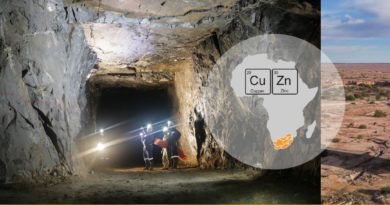The use of hydrogen in alumina refining
Our research finds that 78% of aluminium value chain emissions arise from the smelting process, the casthouse and electrolysis. The electrolysis emissions that arise from the reduction process ranges from 0 to 14 tonnes of CO2e/tonne of aluminium.
Breaking down the aluminium refining process further, 70% of emissions arise from steam during digestion and 30% comes from fossil fuel combustion in calcination.
Norwegian aluminium company Hydro has been conducting experiments at its Navarra plant, and has found that hydrogen could act as a replacement for natural gas at cast houses and in digestion processes.
Similarly, the Anglo-Australian mining group Rio Tinto and Japan’s Sumitomo corporation are currently working on a proposal for the construction of a hydrogen pilot plant that will trial lower-carbon alumina refining. The initiative will use a 2.5MW electrolyser with a production capacity of more than 250 tonnes of hydrogen annually, which could pave the way for hydrogen adoption across the industry.
Hydrogen as a replacement for natural gas in copper heating
In copper mining operations, 22% of emissions come from consumption in loading and hauling activities, and 10% is attributed to the smelting process.
Solvent extraction-electrowinning (SX-EW) processes represent 20% of global copper production, whereas the recycling of scrap copper accounts for approximately one third of the market.
In the copper industry, hydrogen can be used as an alternative to traditional fuels. Aurubis, a global supplier of non-ferrous metals, has been running trials that suggest hydrogen can replace natural gas in anode furnaces and replace ammonia in cathode shaft furnaces.
Hydrogen also has the potential to replace natural gas in the copper heating process and act as a reducing agent in slag-cleaning and anode furnaces.




